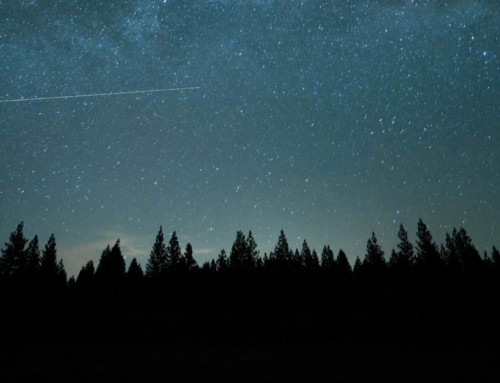Drive to Nazca: Aqueducts, gravesites, mummies, mission work.
 This morning we were up at 7:00 and had to be on the road at 8:00 to drive down to Nazca in the Altacama Desert, the driest place on the planet. The trip was absolutely breathtaking as we drove from Pisco down to Nazca through the foothills of the Andes Mountains. The geography there was very telling as we saw river rock sediment covering the mountains. The question: “How could that kind of sediment be all the way up here?” kept running through my mind. Thankfully, our geologist Dr. Brent filled us in on the details and told us how the water from the ice age and subsequent flood could account for this river rock material. Evolutionary geology cannot make sense of or account for what we were observing.
This morning we were up at 7:00 and had to be on the road at 8:00 to drive down to Nazca in the Altacama Desert, the driest place on the planet. The trip was absolutely breathtaking as we drove from Pisco down to Nazca through the foothills of the Andes Mountains. The geography there was very telling as we saw river rock sediment covering the mountains. The question: “How could that kind of sediment be all the way up here?” kept running through my mind. Thankfully, our geologist Dr. Brent filled us in on the details and told us how the water from the ice age and subsequent flood could account for this river rock material. Evolutionary geology cannot make sense of or account for what we were observing.
 Once in Nazca, we checked into our hotel, which was an incredible place for just $40 per night, and then headed out to study the sights where the Ica burial stones had been discovered. While we were in the area, we also studied the famous aqueducts that were built here more than 1500 years ago. These systems of channeling water are truly impressive, especially considering that there are around 50 of these systems in the area. Circular tunnels have been built that spiral down to a small opening to access the underground stream of water. If you ever get a chance to come here, make sure to wear long pants because there is some kind of insect that has torn our ankles up! We are still scratching them and will be scarred for life!
Once in Nazca, we checked into our hotel, which was an incredible place for just $40 per night, and then headed out to study the sights where the Ica burial stones had been discovered. While we were in the area, we also studied the famous aqueducts that were built here more than 1500 years ago. These systems of channeling water are truly impressive, especially considering that there are around 50 of these systems in the area. Circular tunnels have been built that spiral down to a small opening to access the underground stream of water. If you ever get a chance to come here, make sure to wear long pants because there is some kind of insect that has torn our ankles up! We are still scratching them and will be scarred for life!
The true reason for our visit to this area was to study the famous Nazca graves in the middle of the driest desert in the world. This is why the mummies found in these graves are so well preserved; so much so that when they are uncovered the skin and fingernails are still on the bones and you can smell the stench of rotting flesh. This site is critical to our expedition because it is where the famous Ica stones have been discovered buried among the mummies, hence the name, “Ica Burial Stones.”
 It was amazing to look back in time as we observed these mummies sitting in the same position that they were buried in some 1200 to 1800 years ago. For decades, grave robbers had been coming to this site digging up the graves and stealing anything of value. It wasn’t until the turn of the century that better protection of these gravesites was put into place, minimizing the amount of destruction to these priceless treasures.
It was amazing to look back in time as we observed these mummies sitting in the same position that they were buried in some 1200 to 1800 years ago. For decades, grave robbers had been coming to this site digging up the graves and stealing anything of value. It wasn’t until the turn of the century that better protection of these gravesites was put into place, minimizing the amount of destruction to these priceless treasures.
Scattered across the ground all around us were bone fragments along with the cotton that was used to wrap the mummies, treated as just leftover debris from the grave robbers. We passed hundreds of sunken holes that indicated just how much damage these graves had endured.
It was quite an experience to feel the dryness of this desert. It has been frozen in time, waiting for adventurous people to come bear the heat and discover its buried secrets. I was ready to start a new excavation at that moment to see what other treasures were buried here in the sand. No wonder the Ica stones we observed were so well preserved!
Here in Nazca are the shantytowns of the very poor. This evening we met with a local husband and wife team Willi and Rosa who minister to the children of the shantytowns. We were able to leave medicine, toys, and clothes with them to use in their work. What a day! Can’t wait to see what tomorrow has in store. More to come …









